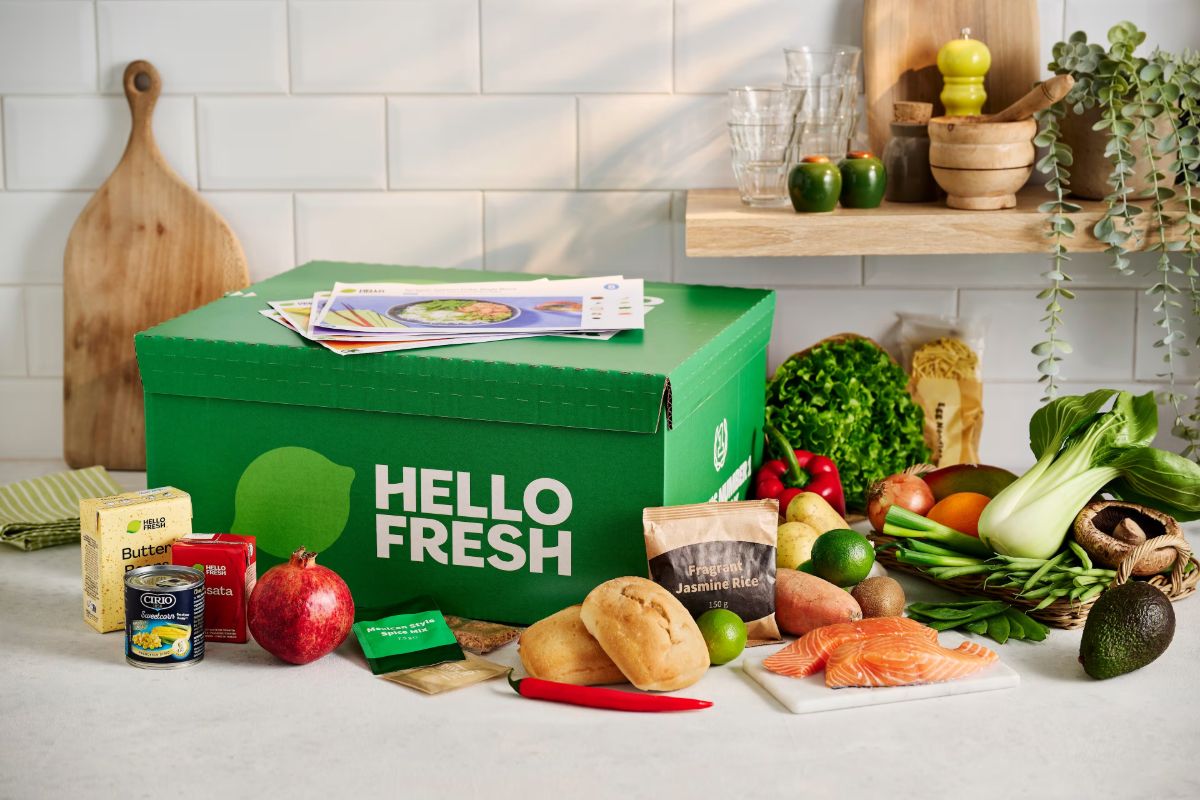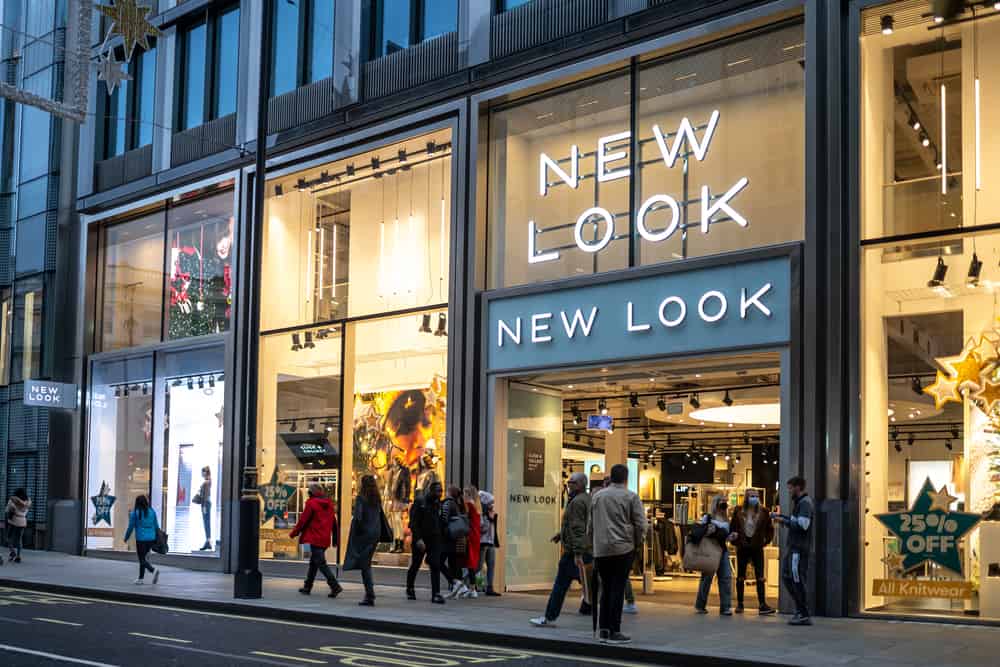December’s holiday season is the busiest time of year for most retailers. Internet Retailing recently hosted a webinar giving merchants practical advice and useful tips on how to make the most of this time of year. Our guest speaker was Kylee Hall, product marketing manager at IBM.
We all know that Christmas is a very significant time of year for retailers. But, as Kylee Hall, product marketing manager at IBM explained in a recent Internet Retailing webinar, data drawn from IBM Coremetrics benchmark reports illustrates exactly how significant it was last year – and how online retailers can learn from it to make sure this one is a profitable one for them.
The figures from the benchmark report speak for themselves. They aggregate data recorded through visitors’ journeys to some 1,300 web sites run on IBM platforms and show that in 2010, sales rose before Christmas – and well in advance of that date. UK online retail sales rose by 16.5% in November 2010, compared to the same month in the year before, and by 10.8% in December 2010. What were the key drivers of that traffic? “In particular,” said Hall, “we saw a lot of traffic around email, on-site recommendation and behaviourally retargeted advertising.”
One key date it’s important to prepare for is Mega Monday, the biggest shopping day of December in both 2009 and 2010. In 2010 this fell on December 6, with sales rising by 11.6% compared to the previous Mega Monday, on December 7 2009. That wasn’t a one-off, since Mega Monday has been the strongest shopping day of December for the last two years, and is also followed by strong sales the following Monday. It’s important not to forget that while sales dip in the final run up to Christmas, they rise again immediately after Christmas Day.
Online shopping trends
Consumer spending “remained conservative” said Hall, in January 2011 when average order values reached their lowest point for a year, hitting a record £102.59. That’s 26% down from the high of £137.90 in May 2010. While more people are buying more items online says Hall, “they are looking to make their money go further, buying more with less.” There’s also evidence, she said, that people are window shopping more – looking at just the same number of products online as they may have a year ago, but buying fewer of them. Site sessions are also shorter and it seems people are spending more time on social media sites and on their mobile phones. All of this suggests a move towards a ‘conservative economy’.
It’s therefore important to retailers to make it more likely that visitors buy after looking at their site. Looking at some of the other consumer trends helps to throw light on how to do that.
M-commerce
One clear trend is the use of mobile phones. In May 2011, some 7.2% of people visiting websites did so using a mobile phone. That is expected to grow well beyond the 7.2 percent achieved in May 2011, according to IBM Coremetrics data, and reach “well into” double digits by Christmas 2011, reaching as high as 15-20% of site traffic. Today phones are used for more than checking on the nearest store. IBM Coremetrics’ figures show a significant and growing percentage of sales made through websites are now achieved over a mobile phone – in May 2011, 6.1% of sales were made through this medium. And, said Hall, mobile traffic was particularly key at weekends and on Christmas Day.
Social media
Social media, it seems, accounts for a small but growing number of visitors to retail sites. Visitors to sites from social media, measured between November 2010 and May 2011 totalled less than one per cent of total visitors. Although the numbers were small, they were growing steadily and, pointed out Hall, such visitors were more than twice as likely to convert (11.1%) by making sales than the average visitor (5.9%).
Thus, said Hall, retailers need to be focusing on anticipating customer behaviour and needs by adding features such as ratings and reviews and better onsite merchandising, and automating marketing to make customer communications more personal. That use of personalisation and segmentation should also be used in retargeting those customers who are browsing or have abandoned baskets.
Best practice
Best practice should include tracking customer journeys over time, and better defining the customer journey to give a consistent and relevant experience whichever channel they use to view a site. That includes optimising sites for mobile viewing, as well as cultivating their mobile audience through techniques such as segmentation and measuring the use of different mobile marketing techniques. Benchmarking performance against the industry is also useful.
Meanwhile, product recommendations can also be better used across sites, and integrated with email. Testing and measuring is important across all of these areas.
Finally, when looking at that small proportion of social media visitors retailers should focus on the return on investment those visitors bring, retargeting them as well as monitoring social conversations around the brand. Through analysis, brands can work out which is their best bet in social media and invest in that.
Kylee Hall’s five recommendations for action ahead of Christmas 2011:
. Focus on the customer lifecycle
. Capitalise on the mobile channel
. Retarget your browsers and abandoners
. Use personalised product recommendations
. Cultivate the social media channel
To hear the webinar for yourself, view the accompanying slides and hear the question and answer session, visit the webinar page on the Internet Retailing site.
The IBM Coremetrics 2011 UK Christmas Season Readiness Report can be downloaded from www.coremetrics.co.uk.








